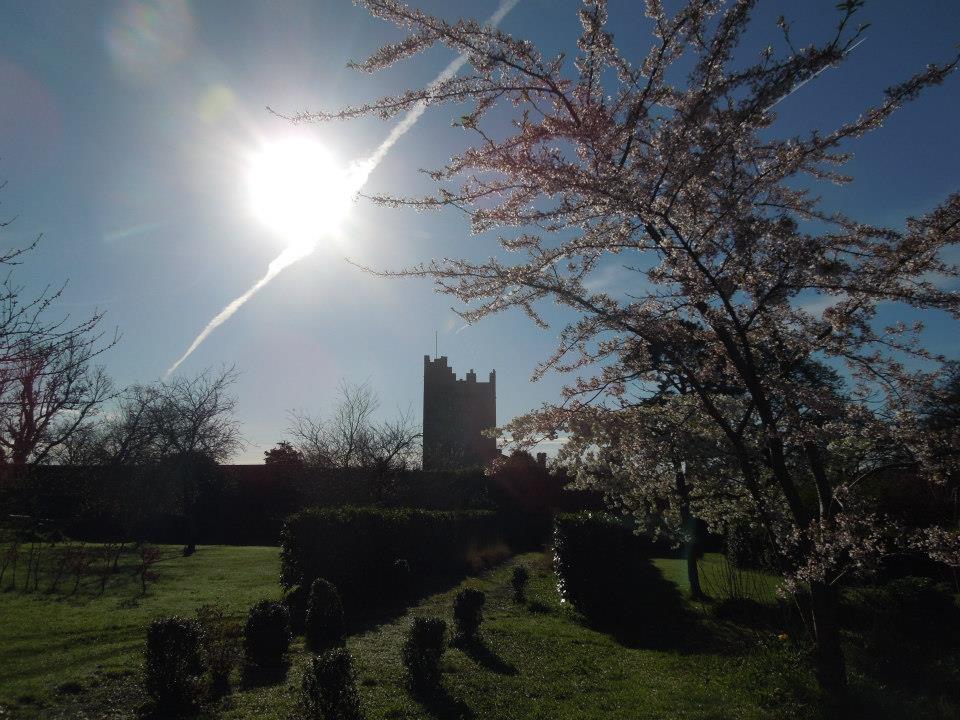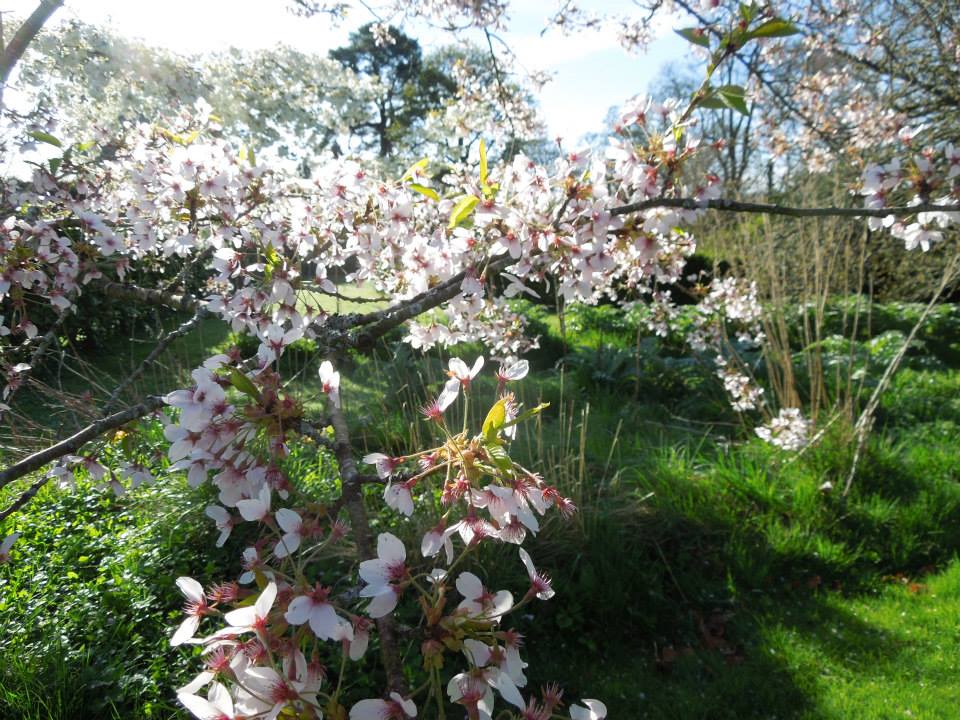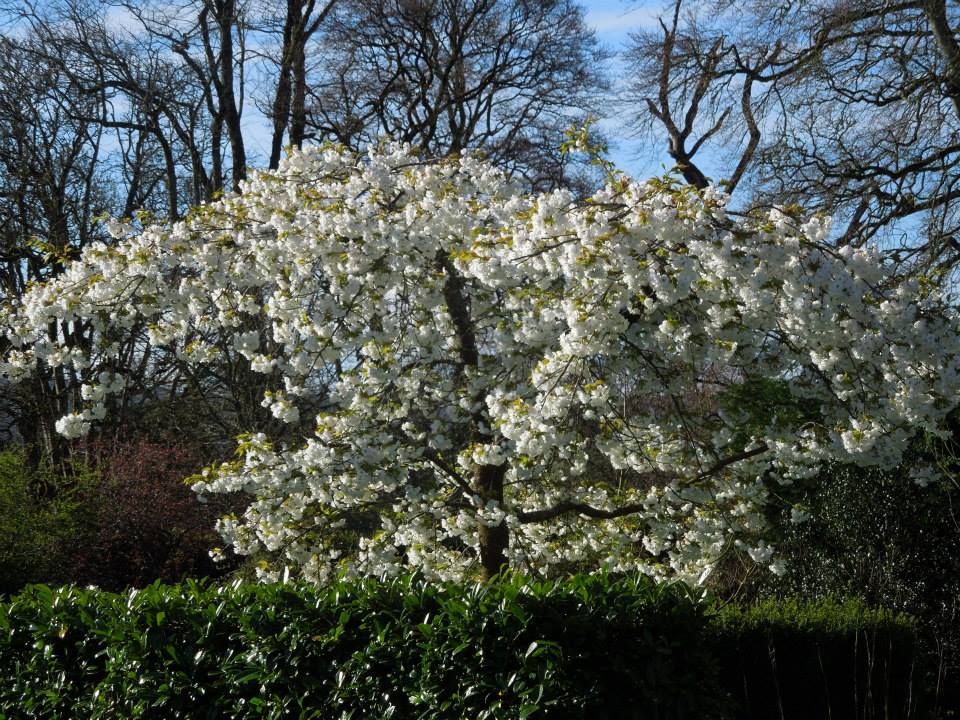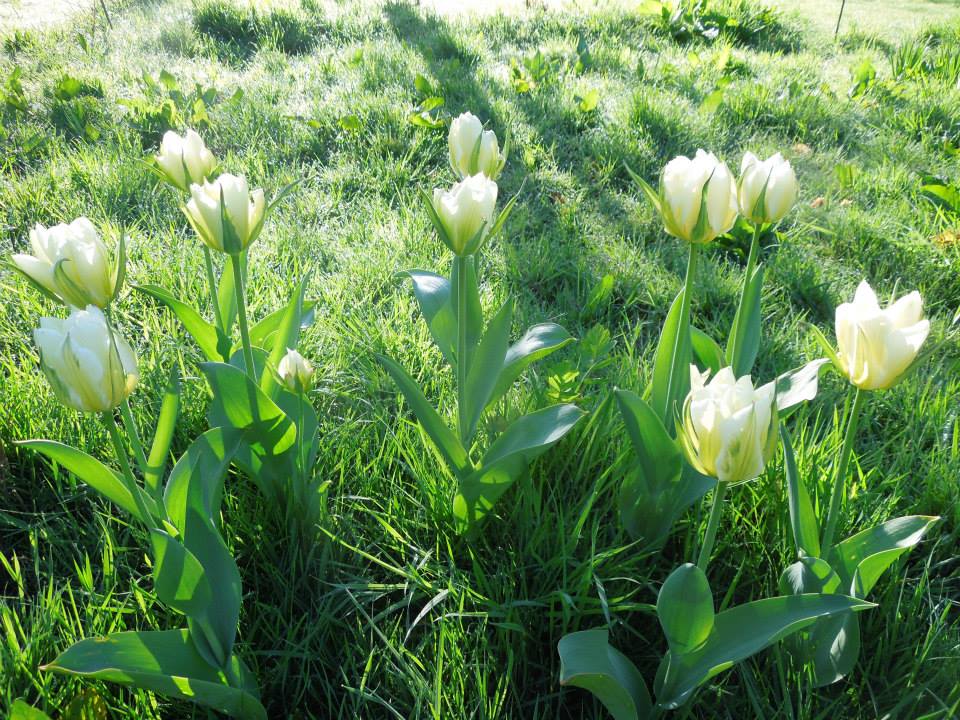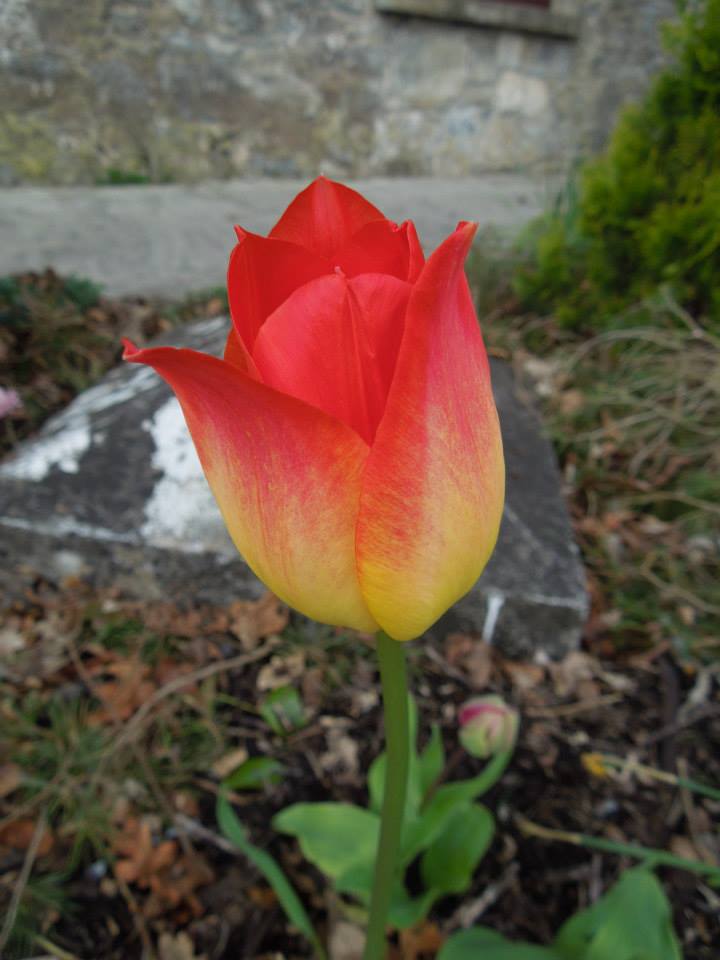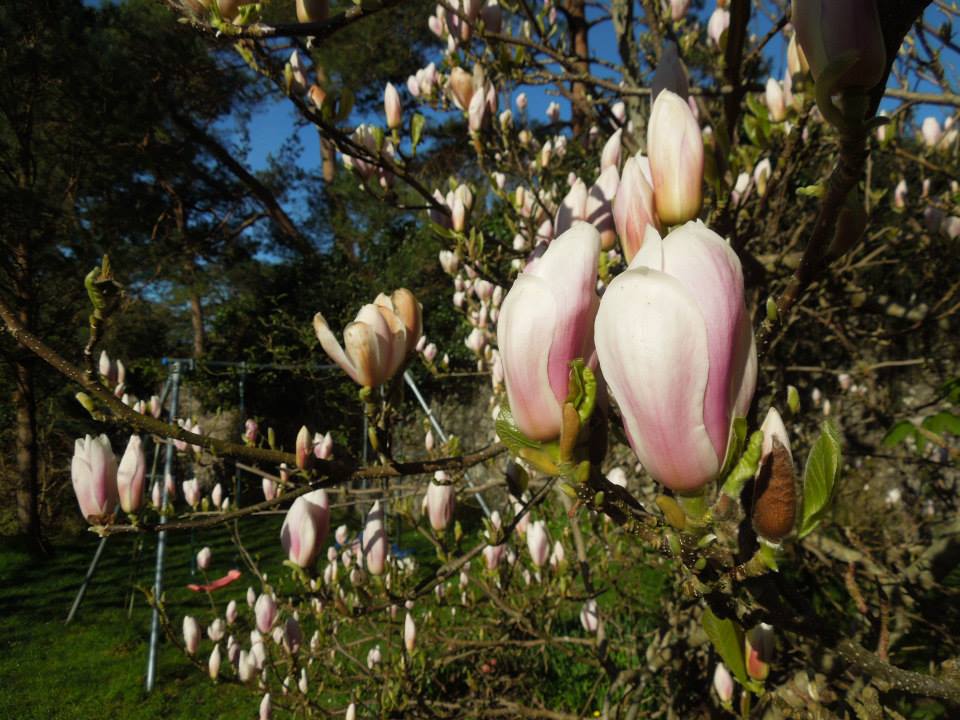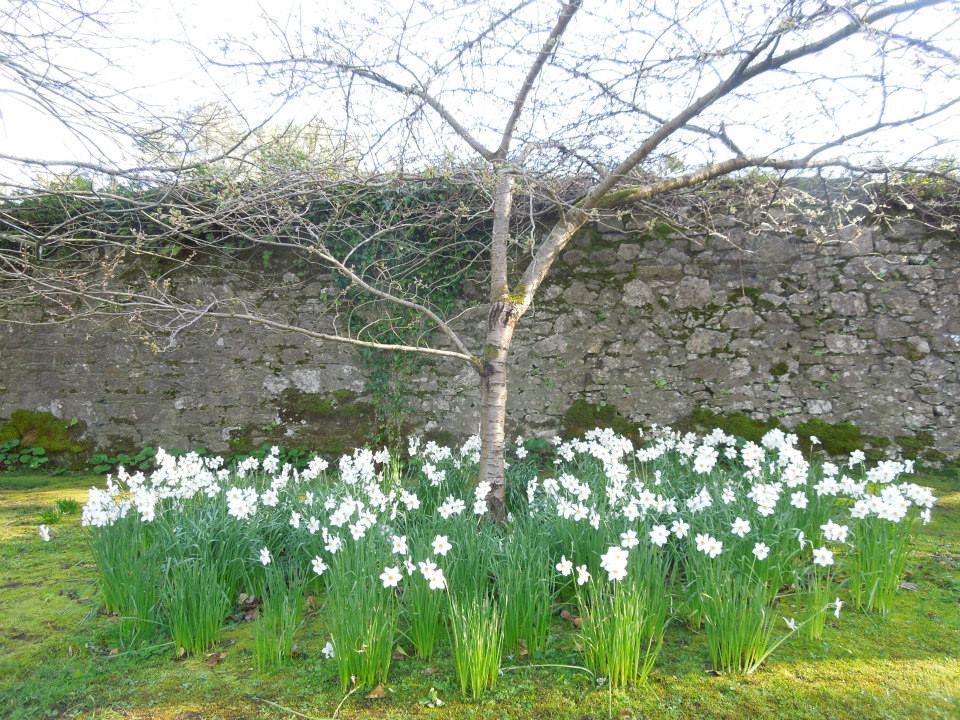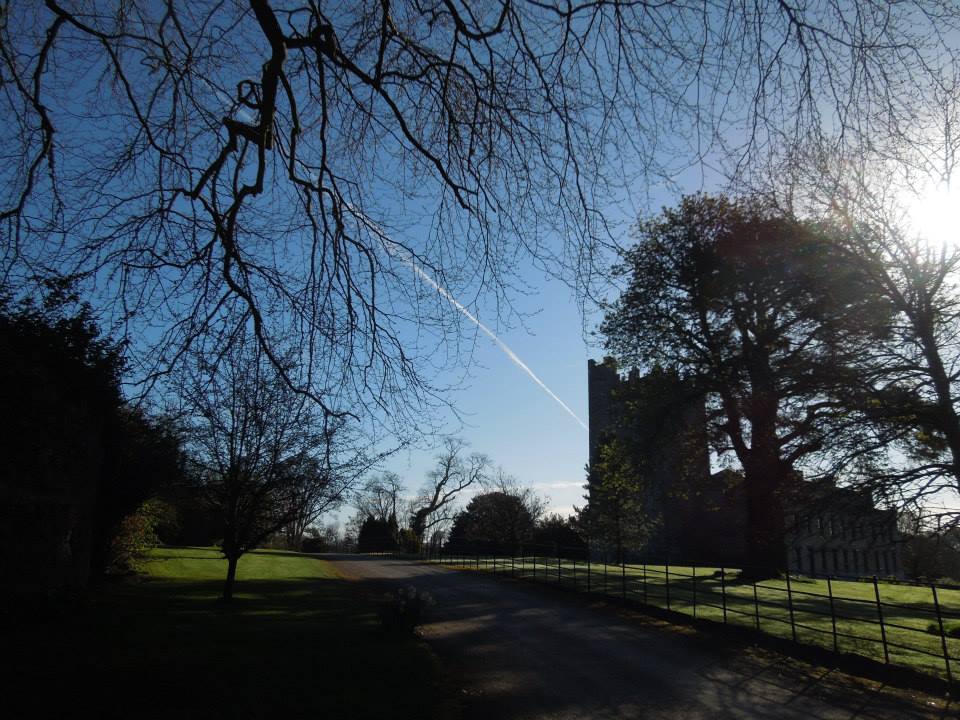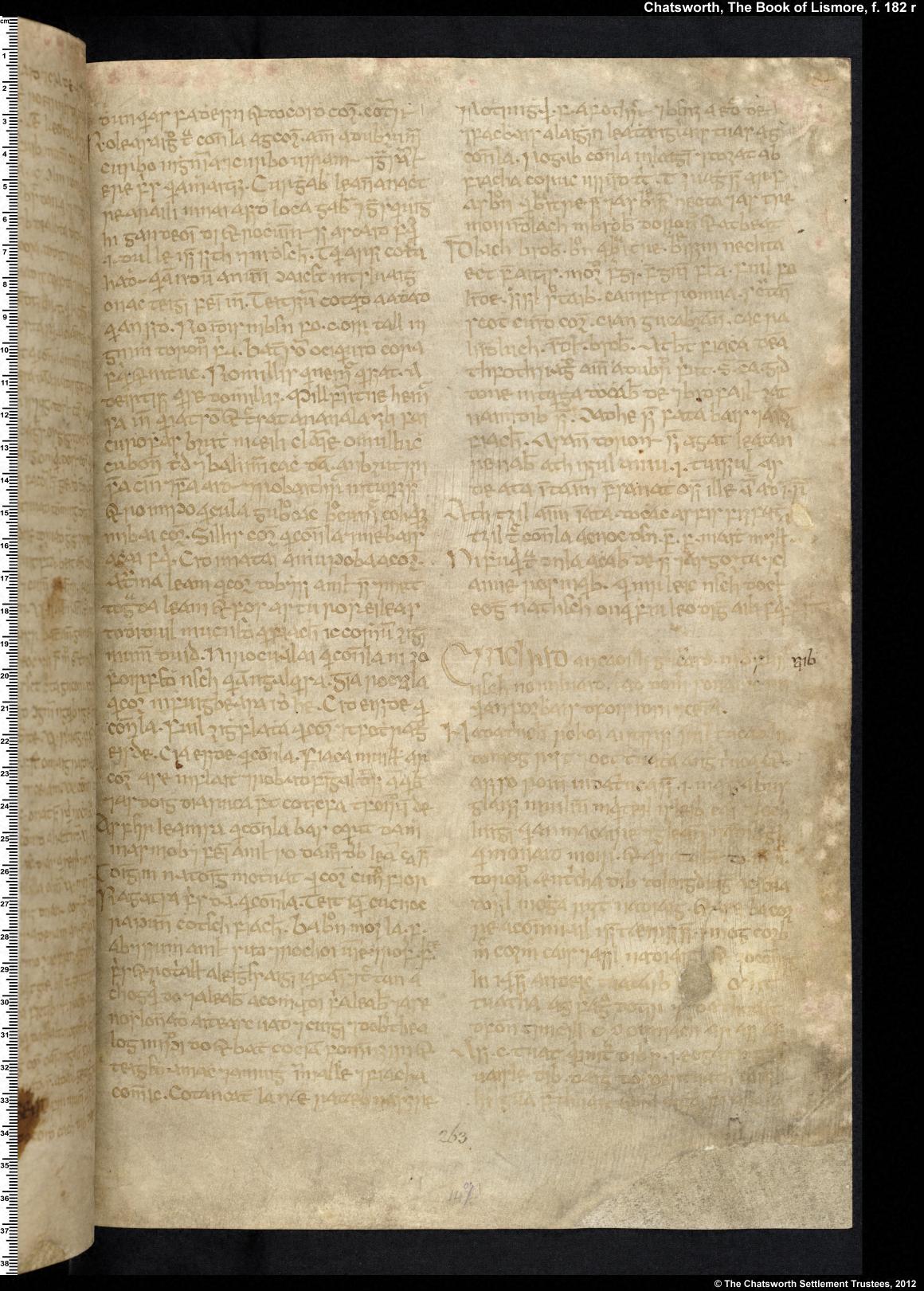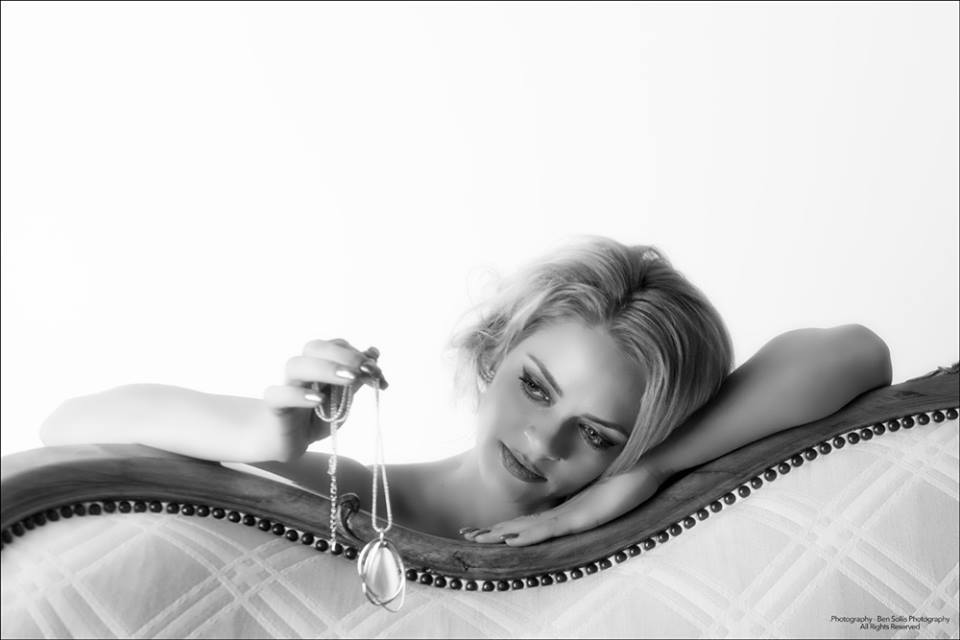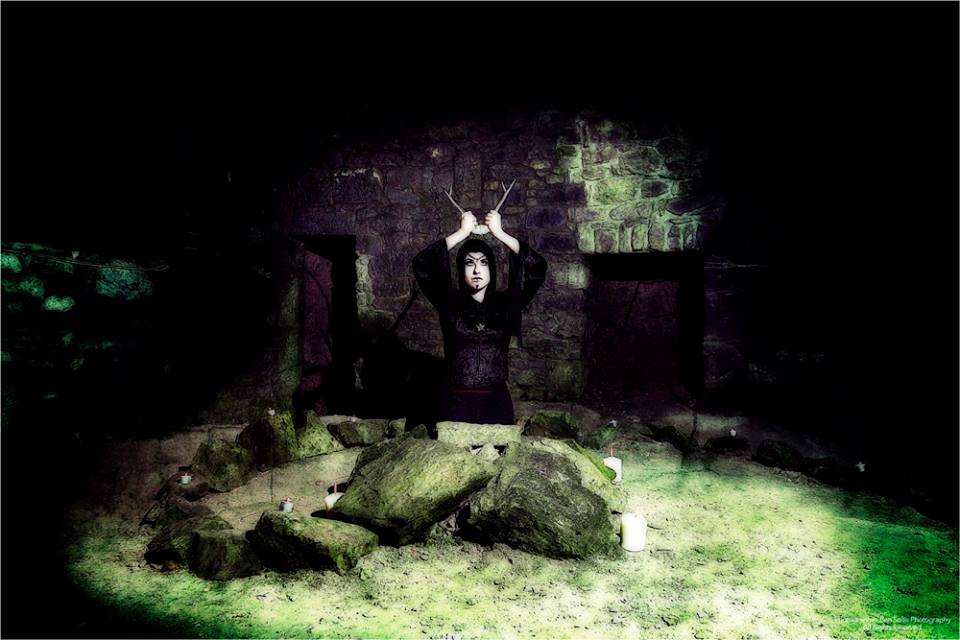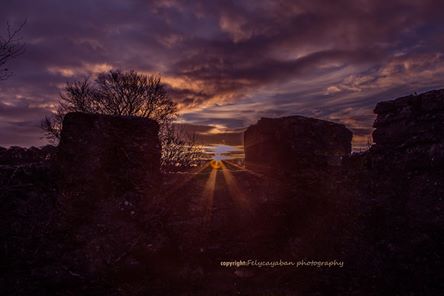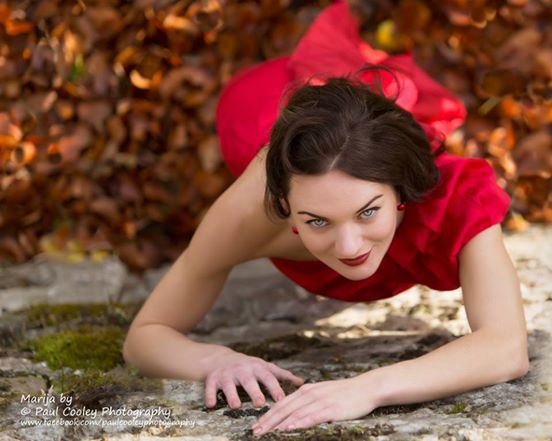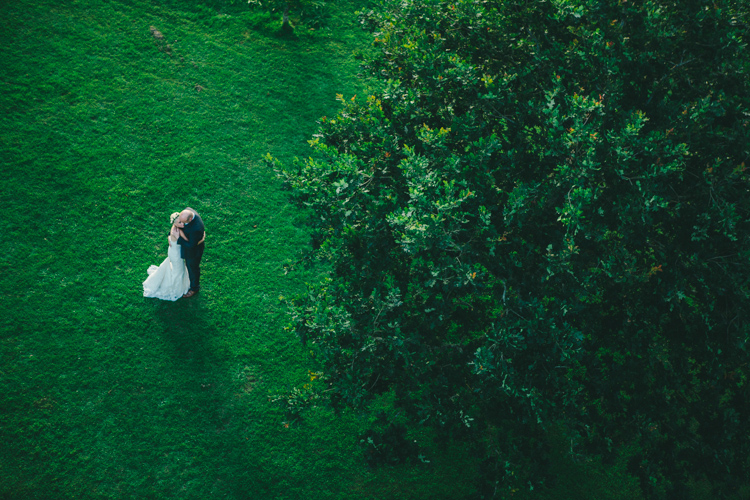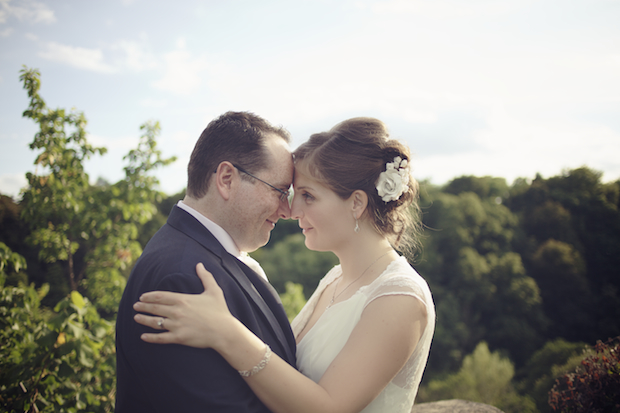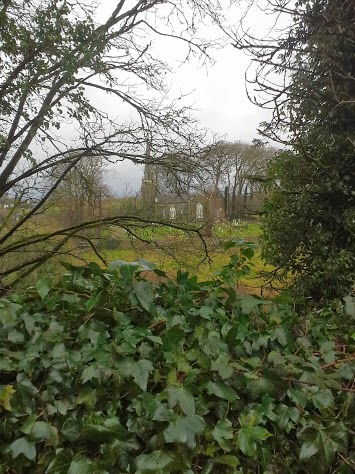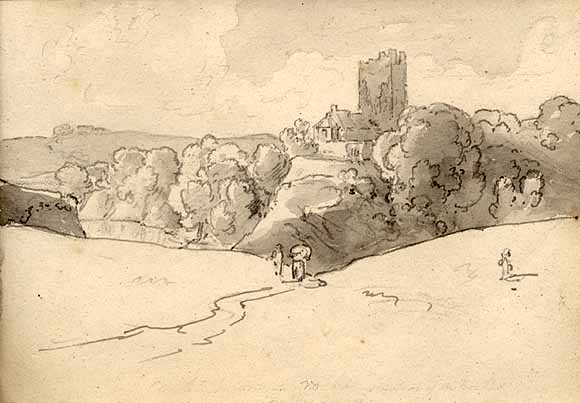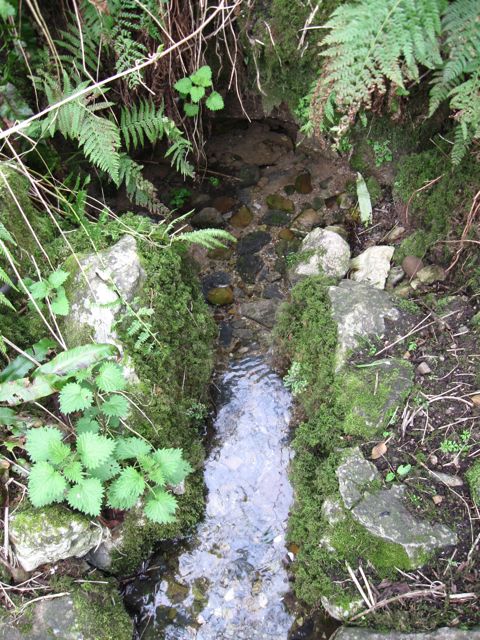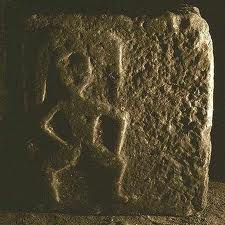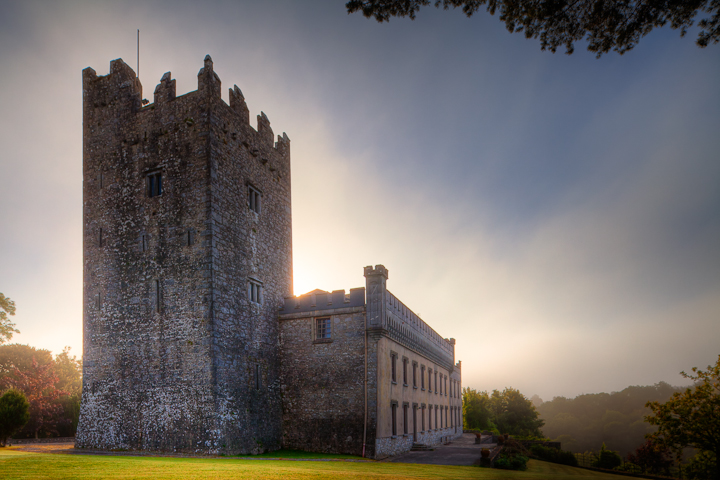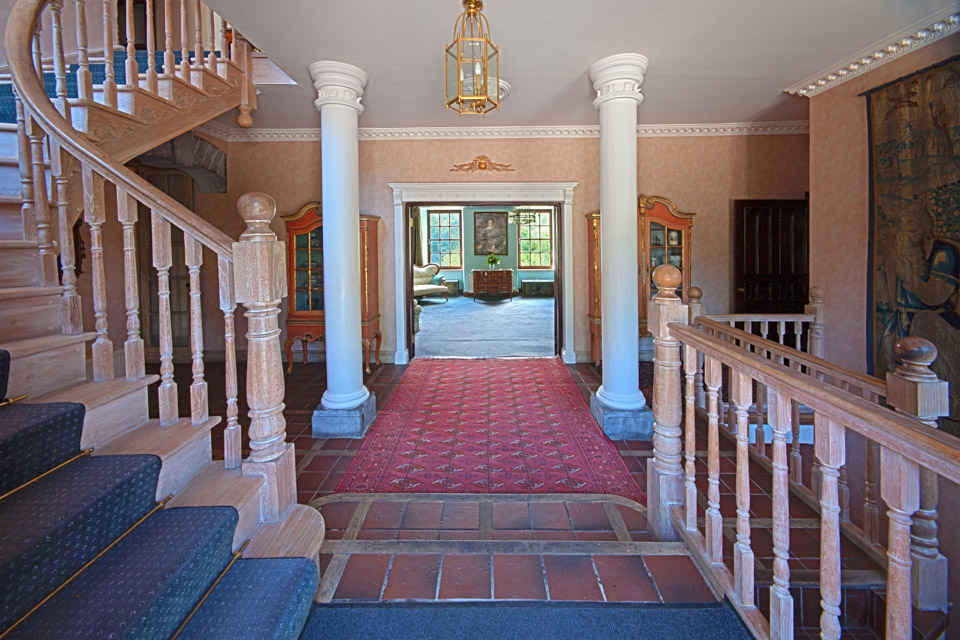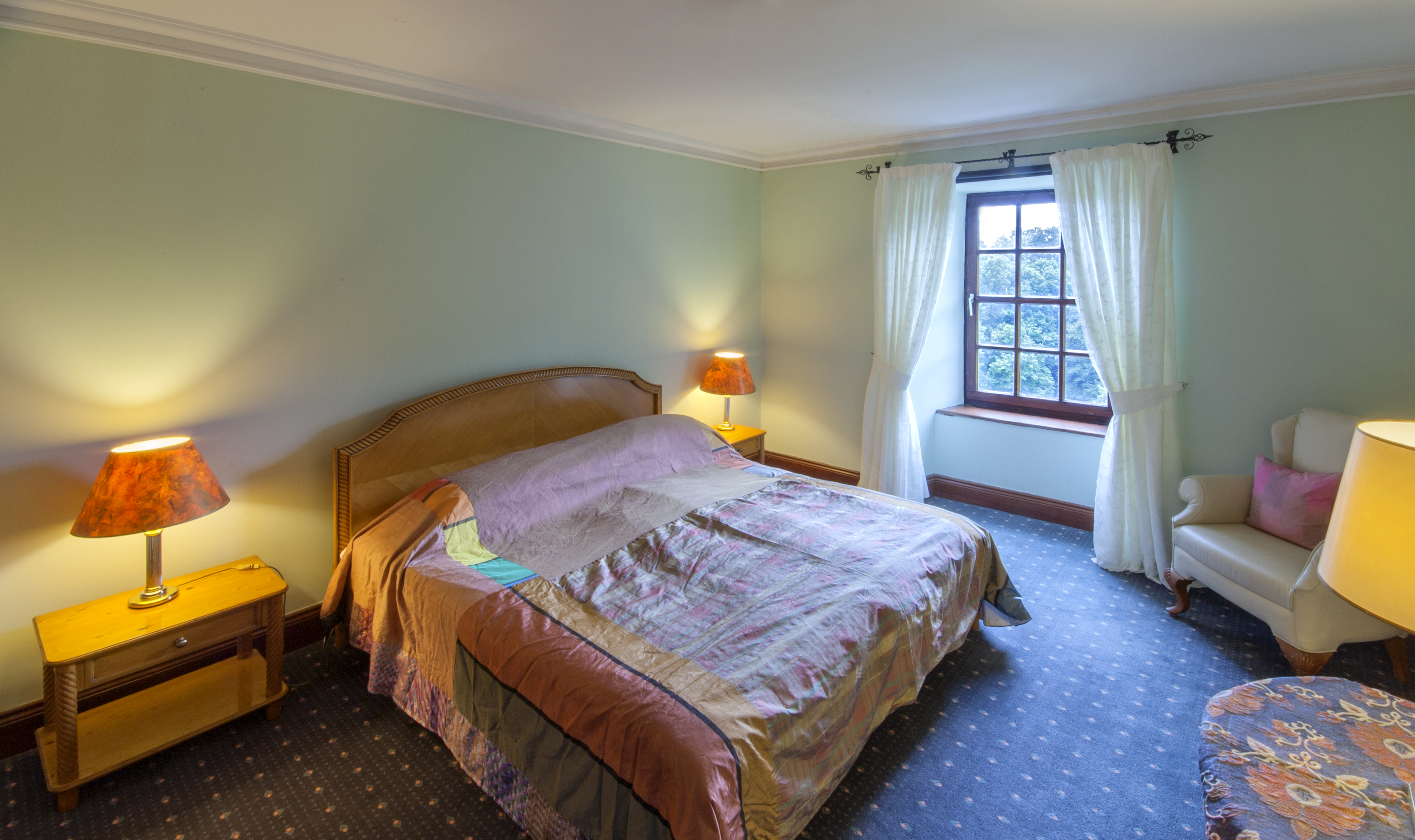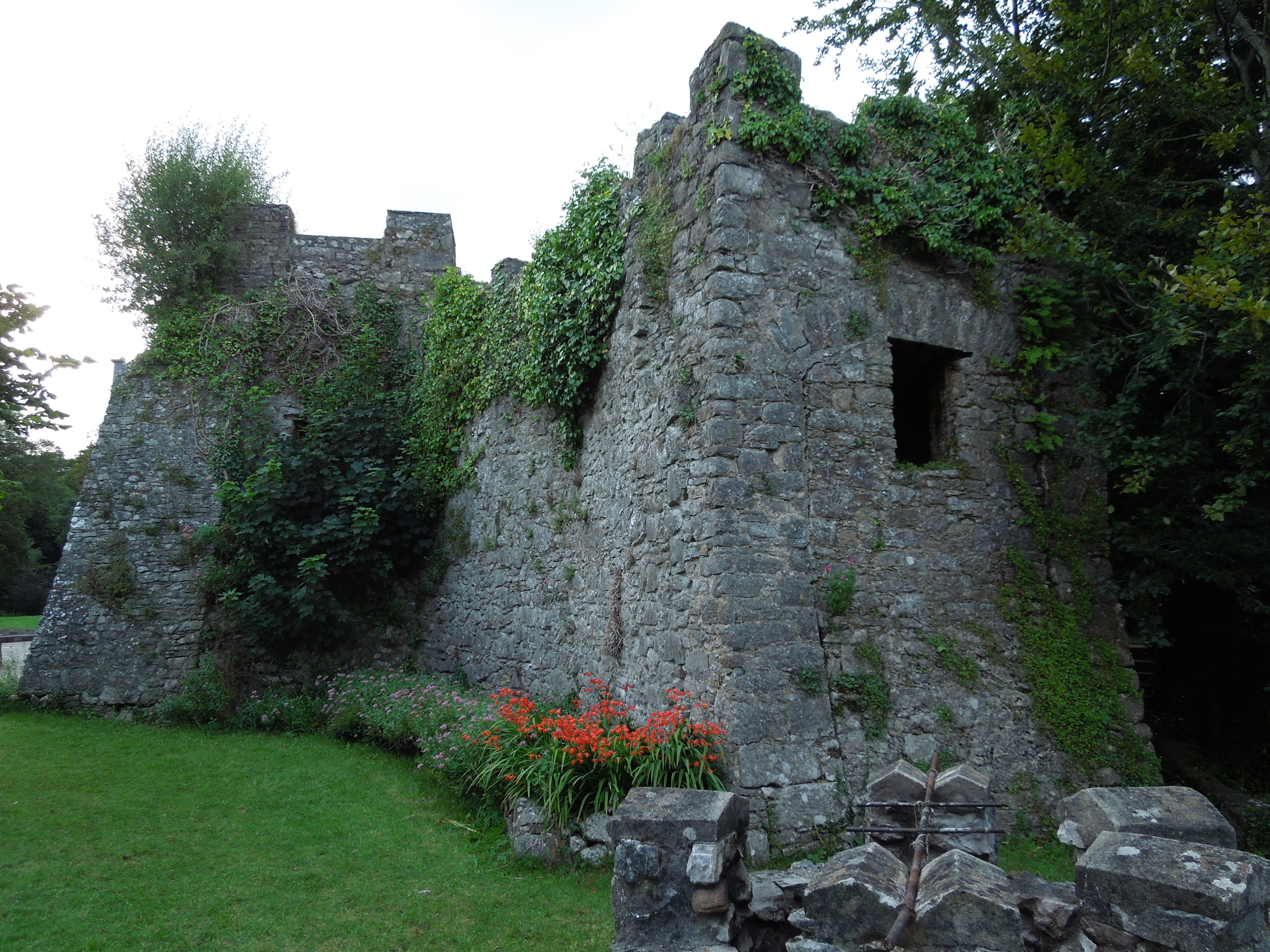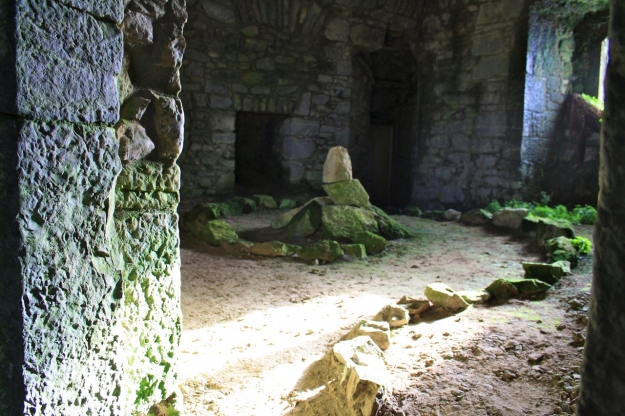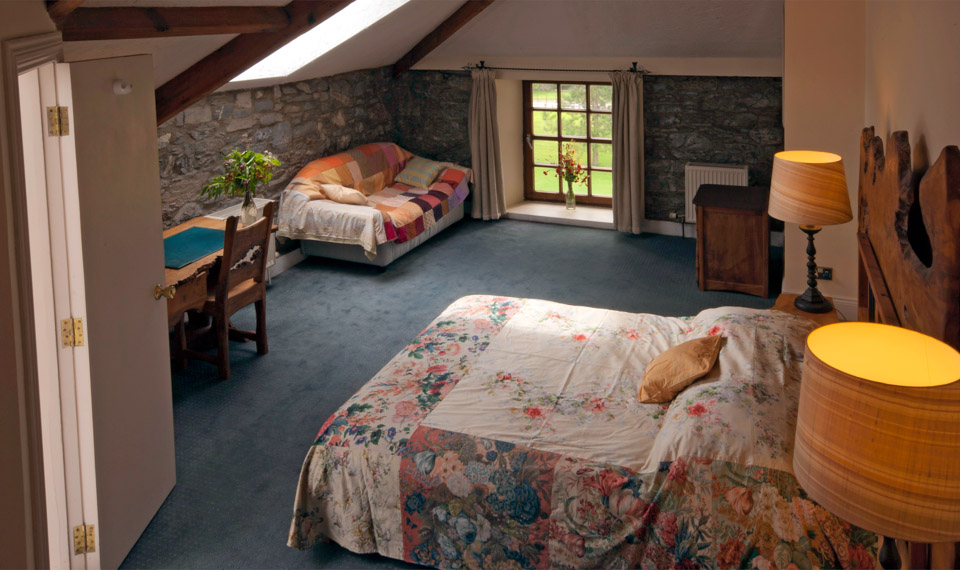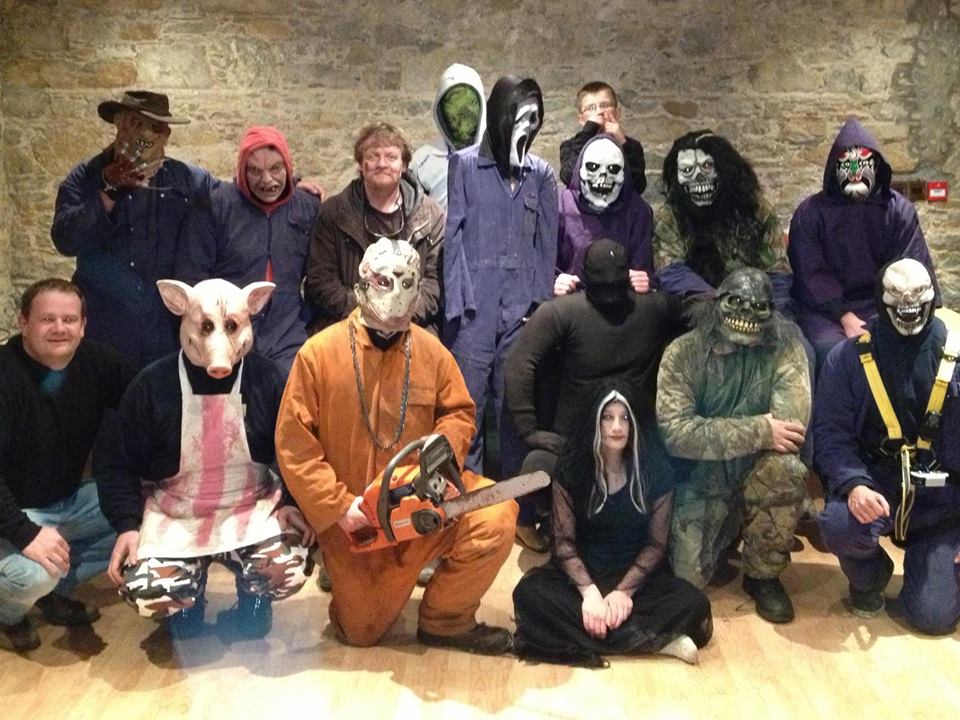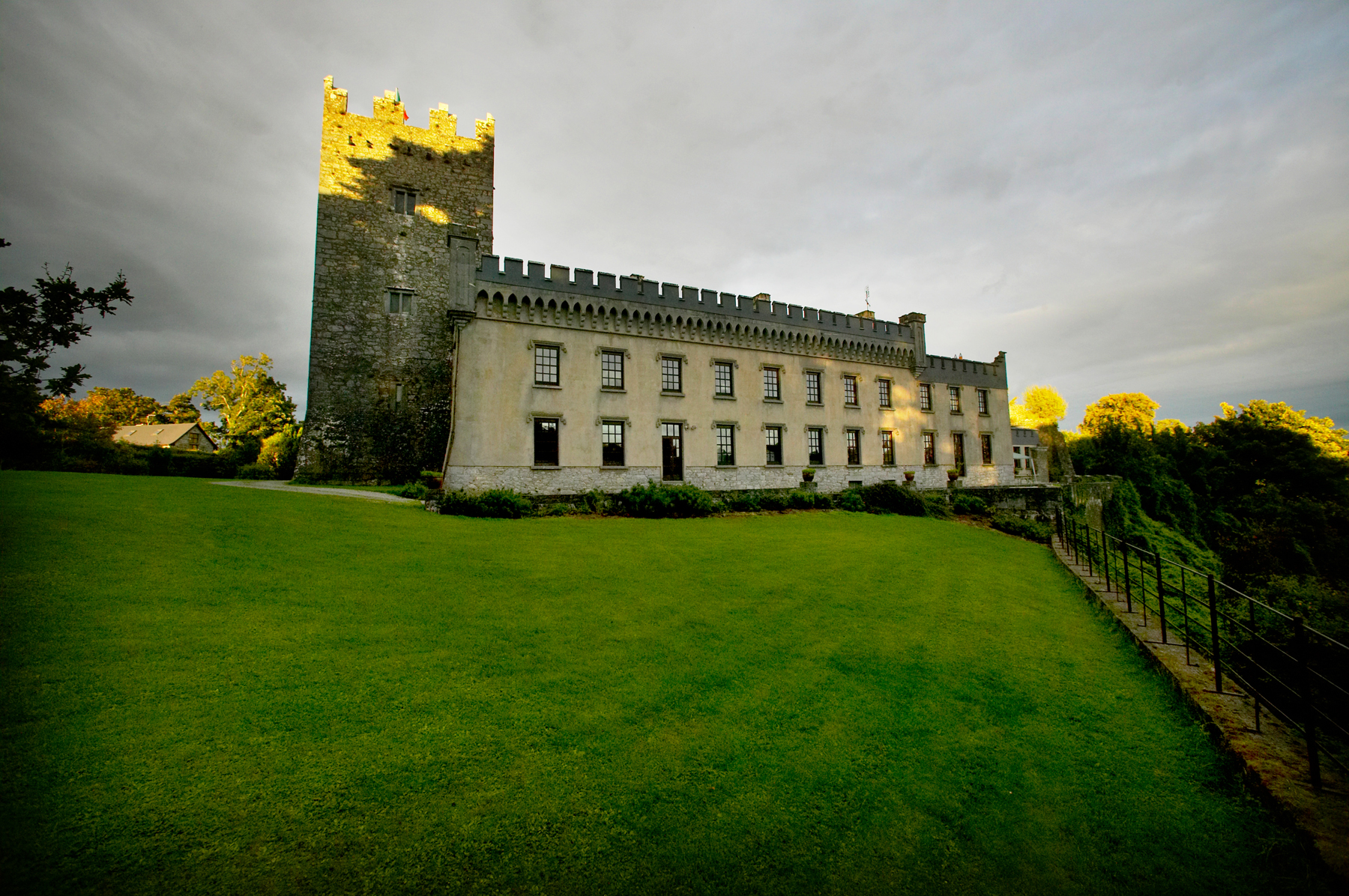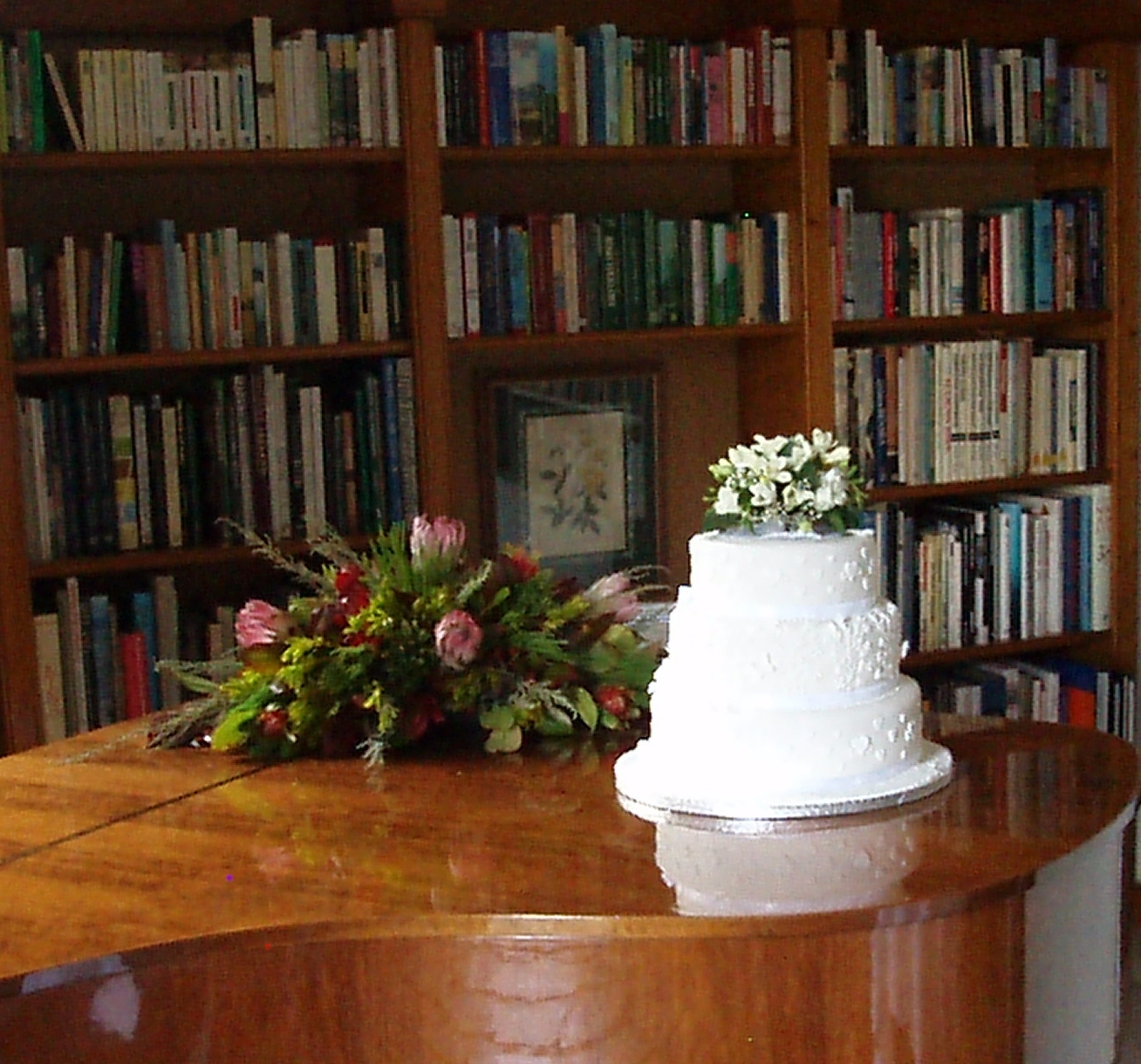Tours of Blackwater Castle, Castletownroche, Cork.
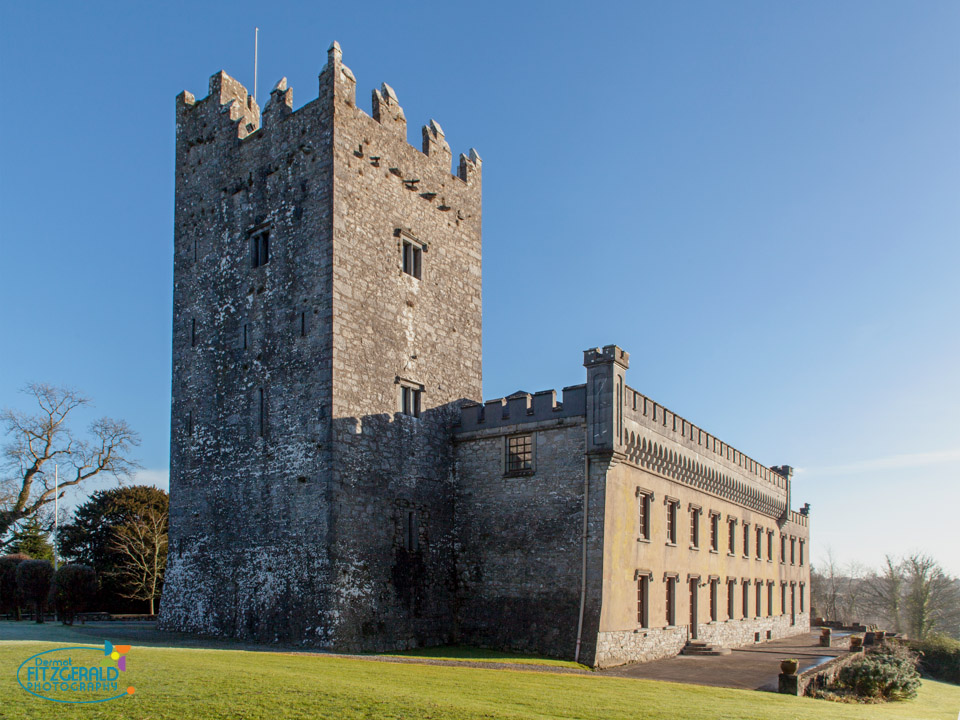
Have you thought about bringing history to life for your Junior Certificate students by taking them on a tour of one of Ireland’s most significant heritage sites? Blackwater Castle in Castletownroche located between Fermoy and Mallow on the N72 in North Cork may well be just the site to showcase all eras of Irish History and deliver a tangible historical experience to your students.
The site, which until recently was a private home and entirely closed to the public, is now available for private hire but the owners also welcome school tours to the site where students can explore elements from every era of Irish history. Tours, led by the owners Sheila & Patrick, are certain to fire up the imaginations of your students by introducing them to the visible traces of history and heritage on this site, the ancient promontory fort of Dun Cruadha and former seat of Lord Roche, Baron of Fermoy, which was first settled in Mesolithic times and which down through the ages has been visited by historical figures such as Sir Walter Raleigh, Lord Deputy of Ireland Sir Henry Sidney, Oliver Cromwell and his General Lord Broghill, and more recently the King of Pop himself, Michael Jackson. The site is rich in history and heritage and contains the following:
Mesolithic Age:
An extensive flint scatter was discovered in a field adjoining the Castle while the caves on site are indicative of early human settlement making this area one of the earliest known settlements in Ireland.
Neolithic Age:
We can surmise from the available evidence that Ireland’s first farmers settled here and used the extensive river network of the Blackwater Valley for trade. Prehistoric burial practices can be explored with a visit to Ireland’s oldest wedge tomb at Labbacallee, 6 miles from the Castle, while the village of Castletownroche is also home to a fulacht fiadh.
Bronze Age:
The outer defence perimeter of the ancient fortress of Dun Cruadha dates back to the Bronze Age – students can walk along this embankment which was fortified in the late medieval period with a stone wall which is still in situe. The fortress is a rare example of an inland promontory fort with the outer defence walls intact. Students can follow the perimeter of these walls and can also use Google Earth and other satellite imagery to see the development of the site over time and appreciate why it was chosen as a defence site. A ring barrow or burial mound, likely dating from the Bronze Age, was also found in the townland of Castletownroche.
Iron Age:
Countless ring forts have been found in the immediate area and students can visit the site of one such ring fort which is located in the green area of the one of the housing estates in the village. The delineation of the fort is marked by a circular formation of trees and this can be viewed from the bus on the way to or from the Castle. The Cliadh Dubh also passes east of the site.
Early Christian Ireland:
The ancient Holy Well of Saint Patrick is located in the river valley below the Castle and a Sheela na Gig, which has been assessed as dating from as far back as the 8th century, is housed in the base of the Norman Keep.
Early Medieval Ireland:
Era of the Irish Chieftain and Tuath division of Ireland. Myth of Moth Ruith (3rd century blind magician) who has connections to the area and whose Duggan descendants gave way to the Eoghanachta dynasty with the sub chieftain O’Leary being in situe at the time of the Anglo/Cambro-Norman Invasion.
Norman Ireland:
The grandsons of Maurice FitzGerald established a seat of power at Dun Cruadha following the Anglo/Cambro- Norman Invasion and the Castle becomes Roche Castle. The tower constructed at the edge of the promontory in the late 12th century is still standing today. Explore the power of the Normans and their way of life, social habits and connections to the King of England through the Roche’s increasing political power – they become the Barons of Fermoy and are immensely powerful.
Medieval Literature:
Roche patronage leads to The Book of Fermoy, written at the Castle, and now housed in the Royal Irish Academy which can open up a discussion about medieval literature, hereditary physicians, and forms of poetry extolling the virtues of patrons.
Medieval Architecture:
Students can also consider the architecture of Norman Ireland by comparing and contrasting the 12th Century and 15th Century towers and can also examine all the Medieval defence features of the Norman Tower such as trip steps, batter walls, parapets etc. Students can explore the interior of the Norman Tower and can view the surrounding country side from the roof having examined the living quarters of the Lords Roche and can also observe medieval toilet facilities such as the garde-robe and compare these with the older forms of facilities can be examined with our own “Blarney Stone” toilet on the earlier tower . The Norman tower has not been restored so in its raw state students can appreciate how these structures were erected and can imagine how the Lords Roche might have lived.
Gaelic resurgence – Conquest and Rebellion:
The history of the Roches was fully chronicled during their reign so we can trace Irish history through their history; their increasing Gaelicisation, the impact of the Tudor conquest of Ireland, their sons’ involvement in the Desmond Rebellion and their subsequent pardon, continuing loyalty to the crown, Oliver Cromwell’s Conquest and the impact of the Plantations culminating in the loss of the entire estate in 1652 following the hanging of Lady Roche on a trumped up charge of murder .
Medieval Architecture:
Students can consider the defence requirements of a fortified Castle in the Medieval Age with the inner bailey, outer bailey, sentry walk, look out posts, defence towers, defence walls, musket loops, secure fresh water supply and so on, all of which are still intact. Students can see all these features and can develop an appreciation as to their significance and why they would have been built.
Christian Ireland:
Students can explore the traditions of early Christian Ireland and how pagan practices were incorporated into mainstream Catholicism with our Sheela na Gig and St. Patrick’s Holy Well. Bridgetown Abbey, a 13th Century Augustinian Priory endowed by the founders of the Castle is located less than 2 miles from the Castle and this heritage site, which although in ruins, is still in very good condition and will allow students to appreciate the monastic way of life.
Protestant Ascendancy and Union with Great Britain:
The Castle and estate were granted to an English soldier of fortune Colonel John Wydenham in 1666 and his family dynasty held the Castle until the 1960’s. This prosperous family did almost nothing to distinguish themselves for good or ill historically but their wealth allowed them to preserve the site and Medieval structures with significant additions. Students can contemplate an evolving structure that developed through the ages from the Mesolithic period to the modern age and fortunately for us all is still largely intact and a testament to our past.
Farming and Industrial Ireland – Patterns of settlement:
Students can also consider the erection of 18th and 19th century industries such as the flour mill in the village (restored) which was the subject of a raid during famine times and the Woollen Mills on the Castle grounds (in ruins). Castletownroche is also a Village of Tradition and students can consider how the village developed and thrived in the post famine era and its current status as a relatively busy small Irish village. The Courtyard of the Castle was developed in the 17th century and would have contained a Dairy, Stables, Coach House, Sheep house and various other animal pens all of which have now been converted into reception rooms and accommodation for our guests showing how an ancient structure can evolve and thrive in the modern age. The Castle also has a 17th century Walled Garden which would have supplied the Castle with fruit and vegetables and which continues to serve that purpose today and students will be more than welcome to have some free time exploring the garden and grounds and sampling the fruit of our entirely organic garden.
Book your tour with Blackwater Castle for a unique experience.
In short Blackwater Castle can offer your students a slice of history by revealing all the major events of our past through the prism of the site. The wealth of heritage preserved here means that students will have a vibrant and tangible experience and can see and touch structures erected thousands of years ago. The day can be as long or as short as you wish – our tours can be adapted to your requirements. Students can bring their own lunches and dine in our 17th century Coach House or we can provide refreshments or a lunch for them. A day trip can be extended with leisure time (whether permitting) in the Walled Garden and walks around the 50 acre estate which we have designated as a protected nature reserve.
You can prolong the day by visiting Bridgetown Priory and Labbacallee both of which are OPW sites so there are no charges. The rate for a tour led by the owners over the course of up to 5 hours including a lunch break in our Coach House would be E10 per student.
Kindly see our website for details of the history of the Castle and the heritage on site. Contact Sheila today with any queries you may have and to enquire about availability. We will be more than happy to customise a school tour with an emphasis on a particular period if required. Above all we aim to entertain and enlighten your students with a sense of wonder about the past and bring our passion and enthusiasm for this outstanding site of international importance to your students.
http://www.blackwatercastle.com/history-and-heritage/heritage/
http://www.blackwatercastle.com/history-and-heritage/history/
http://www.blackwatercastle.com/
https://www.facebook.com/BlackwaterCastle
http://www.tripadvisor.ie/Hotel_Review-g2633437-d2624821-Reviews-BlackWater_Castle-Castletownroche_County_Cork.html
